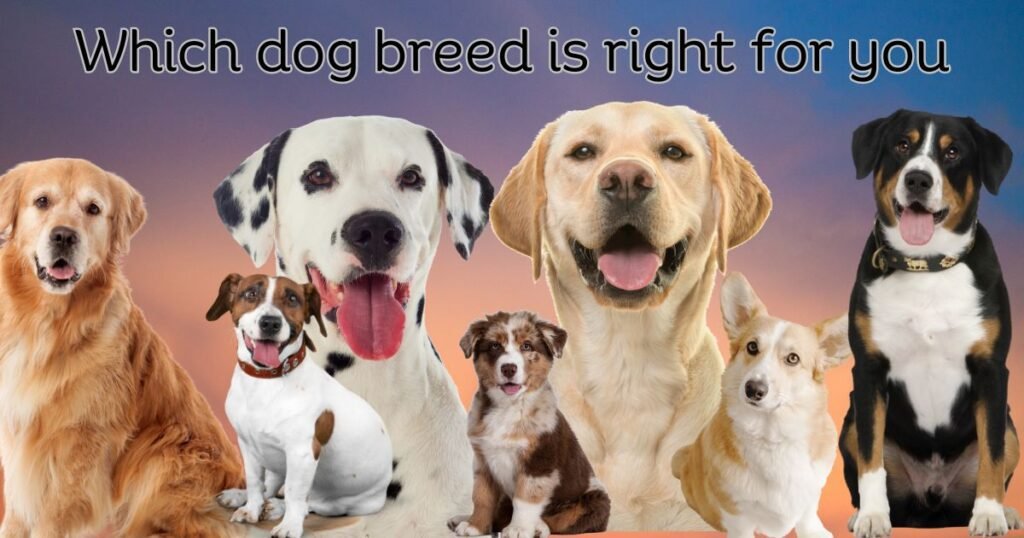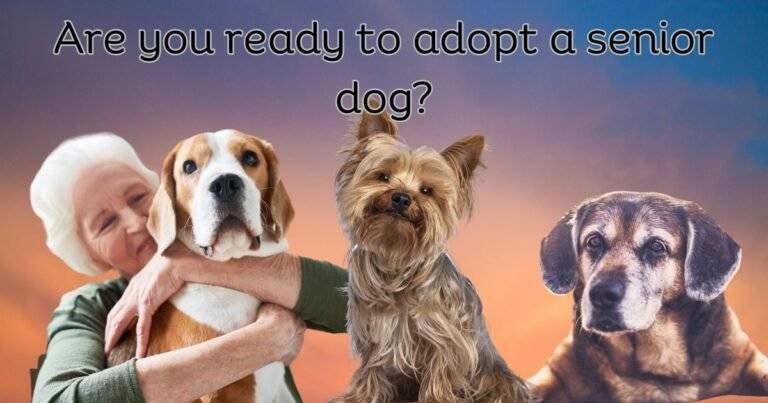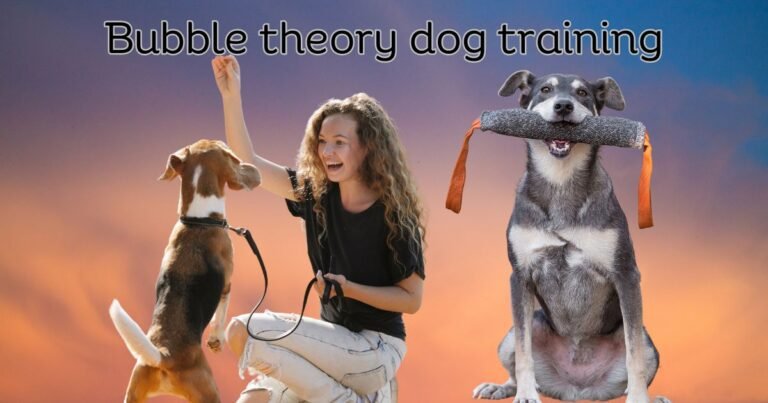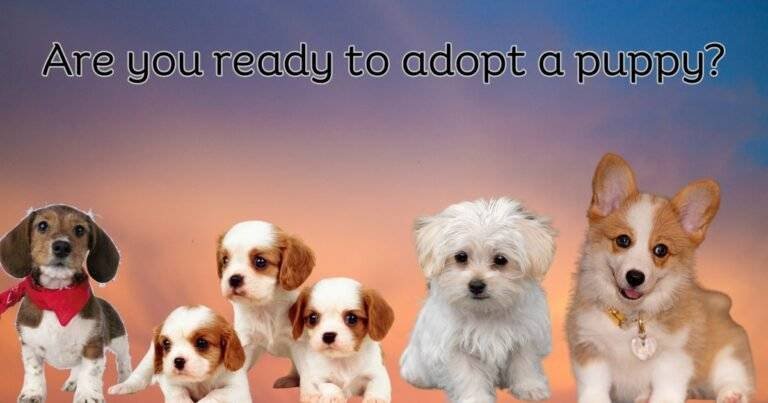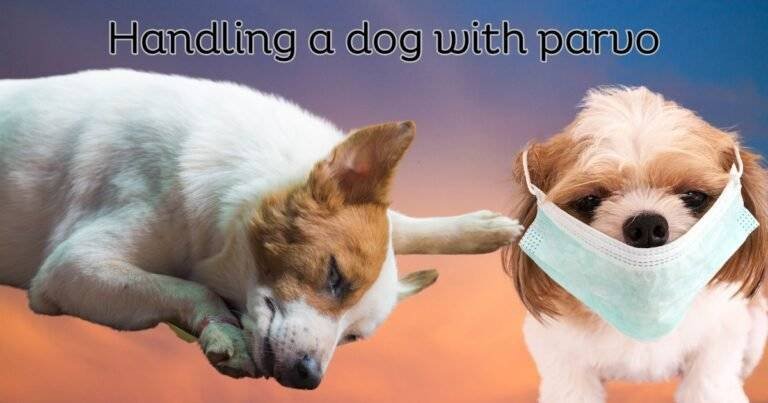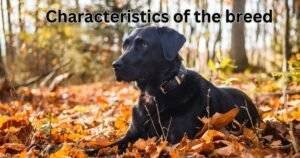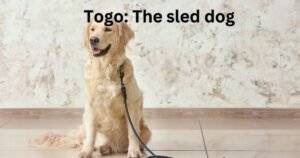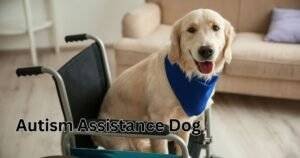Becoming a dog guardian is a thrilling and transformative adventure. We humans are the luckier beings for having dogs in our lives. However, choosing the proper breed is an important step that can have far-reaching consequences for your way of life and happiness as a dog owner. In this primer, we’ll help first-time dog owners choose the ideal breed of dog to meet their specific needs and interests.
Assess Your Lifestyle
Think about your way of life and routine before you start looking at photographs of cute puppies. Since your dog will quickly become an integral part of your family, you must meet all of their requirements.
Habits
Do you enjoy being outdoors and participating in active pursuits like hiking and running? Or would you rather take it easy and spend your time indoors? Some dog breeds need more vigorous physical activity and intellectual challenge than others.
Living conditions
Where do you call home, a house with a yard or a quaint city apartment? Which dog breed is best for you depends on your lifestyle and the size of your home.
The size matters
Chihuahuas are the smallest dog breed, while Great Danes are the largest. Factors like physical activity, personal hygiene, and living conditions can all be drastically altered by one’s size.
Small dog breed characteristics:
- Dogs classified as small typically range in size from 12 to 16 inches (30 to 40 centimeters) at the shoulder and have an average weight of less than 22 pounds (10 kilograms).
- Those who want a dog they can easily bring on travels or carry in a backpack will like their modest size.
- Small dogs are ideal for city or apartment life because they don’t need as much space as larger canines.
- Smaller dog breeds tend to live longer than their larger canine counterparts, which might mean more years spent together.
- While individual dogs can have a wide range of temperaments, tiny breeds are frequently stereotyped as being high-energy, loving, and even headstrong.
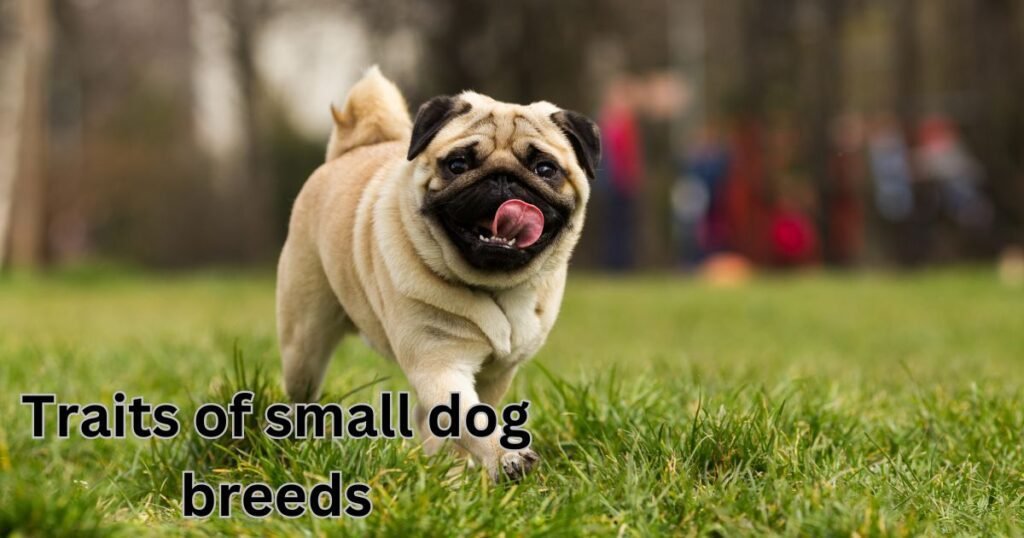
Common Small Dog breeds:
- Chihuahuas are beloved for their devotion and boundless energy. They may be apprehensive of strangers but will protect their owners at all costs.
- Pomeranians have big personalities. They have a lot of personality for their small and are very perceptive.
- Shih Tzus has a reputation for being warm and welcoming pets. Their luxuriant, flowing coat needs to be groomed frequently.
- Pugs are cute and playful dogs with a wrinkled face. They’re well-liked for their sociability and capacity for change.
- Dachshunds have a unique appearance, being long and low to the ground. They have an innate drive to hunt and a healthy dose of curiosity and self-assurance.
- French Bulldogs are well known for their friendly, laid-back natures and distinctive, bat-like ears. They are wonderful pets and can easily adjust to city life.
- Miniature Schnauzers are noted for their intellect and high energy levels in addition to their characteristic facial hair.
- Pekingese are known for their regal bearing and bold demeanor. While rather distant, they are extremely loyal to their human companions.
- The Cavalier King Charles Spaniel’s reputation for friendliness and mildness precedes it. They thrive on adulation and are wonderful members of any family.
- Bichon Frises are small dogs with curly, fluffy coats and sunny dispositions.
Medium dog breed characteristics
The traits of medium-sized dog breeds are well-rounded, making them a good option for many different types of dog owners. These dogs range in size from about 25 to 50 pounds and have characteristics that make them suitable for a wide range of households and owners.
Typical traits
Adaptability
Dogs of medium size are well-known for their versatility. They are adaptable pets because they do well in urban apartments as well as suburban homes with yards. Because of their diminutive stature, they may live in rather cramped quarters without sacrificing their stamina for outdoor pursuits.
High and low-energy
The activity levels of many medium-sized breeds fall in between those of high- and low-energy dogs. Daily walks, park time, and other forms of exercise are great for them, but they don’t need as much activity as larger breeds.
Family-Friendly
Dogs of medium size are widely regarded as among the best for households. They are often strong and long-lasting, making them an excellent choice for families with young children. Dogs of the Labrador Retriever and Beagle sizes are popular because of their amiable and gregarious personalities, and they make wonderful family pets.
Trainability
Most medium-sized dogs have a high degree of trainability. They are eager to learn and respond well to strategies that emphasize praise and rewards. Because of this, they are recommended for first-time dog owners who want a polite and respectful pet.
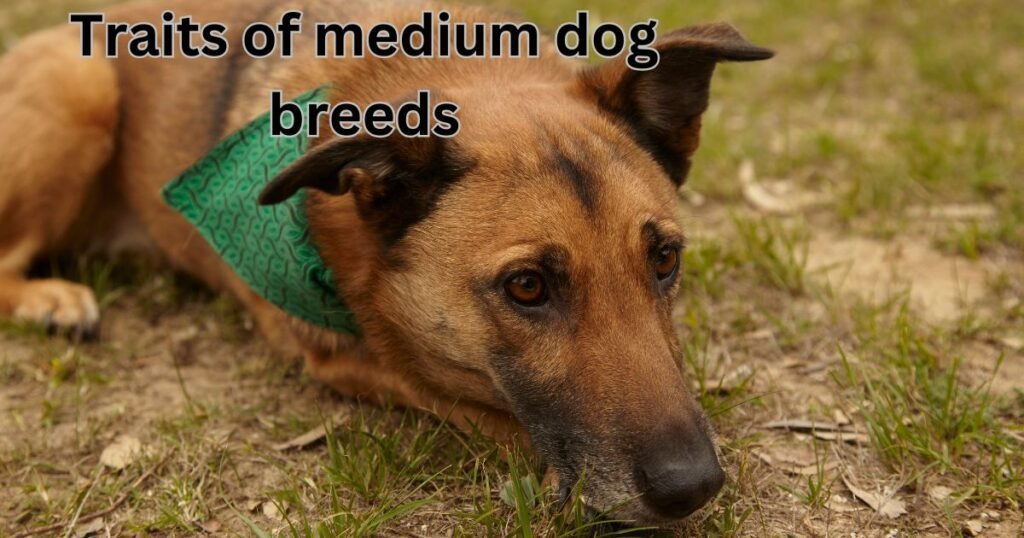
Socialization
Dogs of medium size can be the life of the party. They get along nicely with other canine companions and are remarkably flexible socially. Because of this, they are welcome at dog parks and can have play dates with other dogs.
Variable grooming needs
All medium-sized breeds are not the same when it comes to grooming needs. While those with shorter coats are easier to maintain, those with longer or denser fur will demand more time and effort. It is important to learn about the grooming requirements of the breed you are considering to make sure they are compatible with your lifestyle.
Health issues
Health issues are less common in medium-sized breeds than in larger breeds. However, it is essential to investigate breed-specific health risks and select a reputable breeder who does genetic screenings.
Common medium-sized dog breeds
- Labrador Retrievers are a popular medium-sized dog breed due to their sociable personality and good trainability.
- Golden Retrievers make for a wonderful pet because of its friendly demeanor, wit, and devotion to its human family.
- Beagles are small, playful, and lovable dogs that make wonderful family companions.
- Bulldogs are well-known for their easygoing demeanor. Those looking for a medium-sized breed with low energy levels should choose these dogs.
- Cocker Spaniels are wonderful companions for people of all ages due to their friendly demeanor and attractive coats.
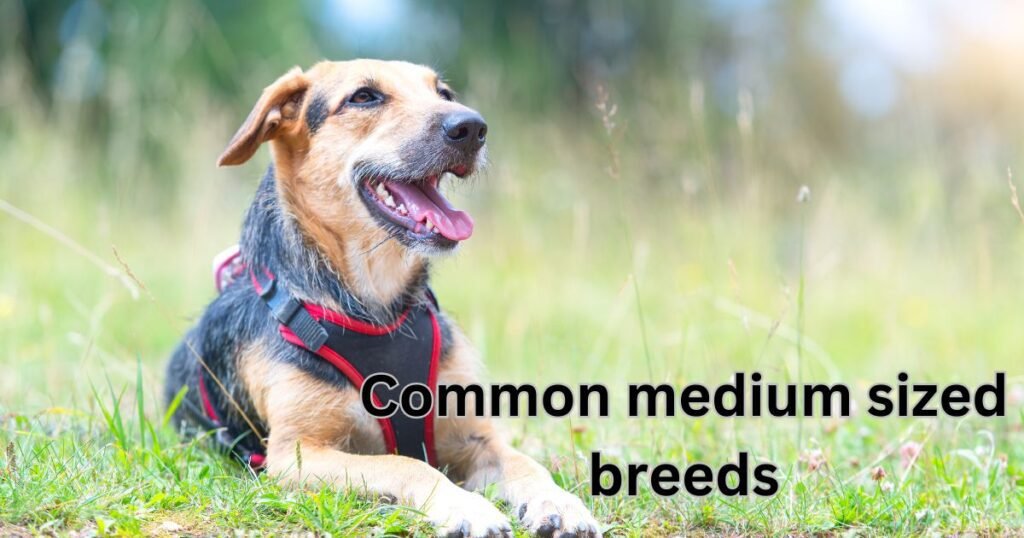
Large dog breed characteristics
Despite their massive stature, many large-breed dogs have surprisingly sweet personalities. If you have the room and leisure to give one of these breeds the attention it deserves, you will find no better friend. Let’s take a closer look at huge dog breeds by discussing their unique traits, care requirements, and some well-known breeds.
Common traits
- The average large dog weighs more than 50 pounds and has a shoulder height of 22 inches or more. Some of them can grow to be 30 inches tall or more.
- They are typically robust and powerful, making them ideal for guarding, hauling carts, and working side-by-side with people.
- Several giant breeds have earned a reputation for being amiable and calm. When raised in a loving home environment from a young age, they make wonderful pets.
- Large breed dogs need regular vigorous exercise because of their increased energy levels. Daily exercise, including walks, plays, and even formal training, is crucial.
- Large dogs require more space, therefore those who don’t have a yard or other outdoor area might consider finding a smaller dog. Some people can meet their fitness goals while living in an apartment, but it takes more planning and time.
- Large breeds have a wide range of specific grooming requirements, but many have very thick or lengthy coats that need to be brushed frequently.
Common Large dog breeds
- German Shepherds are well-suited to a wide variety of jobs, from police work and search and rescue to being faithful family pets because of their intelligence and adaptability.
- Great Danes are gigantic in stature yet have a reputation for being amiable and mild-mannered, earning them the nickname “gentle giants.”
- Saint Bernards are admired for their calm demeanor and tolerance. Despite their massive size, they make wonderful family pets.
- Rottweilers can make great guard dogs due to their strength and protective nature.
- The water-loving disposition and placid demeanor of Newfoundlands have earned them widespread acclaim.
- Bernese Mountain Dogs are well-known for their outstanding good looks and kind personalities. They are wonderful family dogs but need frequent grooming due to their thick coat.
- Irish Wolfhounds, the largest dog breed, are recognized for their calm demeanor and large size.
- Mastiffs are large, strong, and fiercely protective dogs. They must be socialized and trained from a young age.
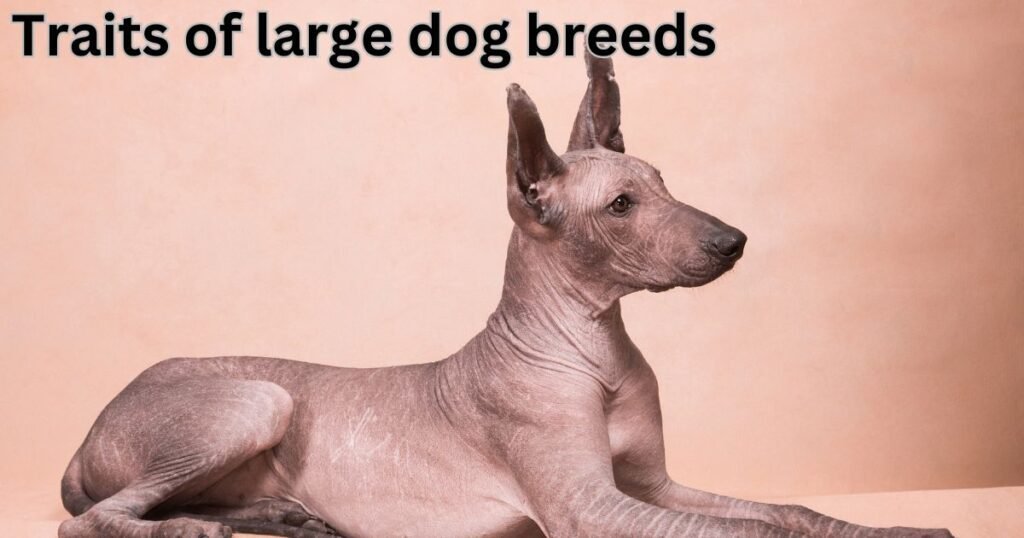
Check your commitment levels
The first step in choosing the best dog breed for your lifestyle is to take an honest look at your obligations and daily routine. Your availability and commitments will determine how well you can care for a dog in terms of things like exercise, socializing, and grooming. Before deciding on a dog breed, it’s important to consider your time and energy availability.
Time commitment
Think about the time you’ll need to go to and from work. Dogs are pack creatures that thrive with constant company. If you spend a lot of time away from home due to work, a dog breed better suited to long periods of isolation could be a better option.
Physical Activity:
Do you prefer a sedentary lifestyle or one that includes regular exercise and outdoor activities? Some people may be better suited to low-energy dogs like Bulldogs or Basset Hounds, while high-energy dogs like Border Collies or Huskies require regular exercise and mental stimulation.
Living condition
What kind of living situation do you have, whether it be a tiny apartment, a house with a yard, or a crowded metropolis with few parks? Apartment-friendly breeds are worth considering if you plan to downsize.
Family dynamics
Think about how your social and family lives will change. How old are your kids and do you have any other pets? While some dogs are recognized for being great with kids, some may be shyer or need more time to warm up to new people.

Monetary commitment:
The costs associated with dog ownership should be taken into consideration. Feeding, grooming, and veterinary care for a dog are all additional costs. The price tag could go up for a bigger breed.
Bonding
When properly trained and socialized, dogs are wonderful companions. It’s important to think about whether you have the time and energy to devote to this part of dog ownership.
Vacations:
Make some preparations for your trip. Some dog breeds are more suited to adventure than others, while others may be more settled into their routine and unable to join you on the road.
Focus on Personality and temperament
Different dog breeds have different personalities and temperaments. Think about what personality traits go along with your ideals and way of life.
Extroverted and social:
Dogs like the Labrador Retriever and the Golden Retriever are popular options because of their welcoming personalities and ability to get along with kids and other pets.
Guardian and vigilant:
Protective dog breeds like the German Shepherd and the Doberman Pinscher are great guard dogs but need extensive socialization from a young age.
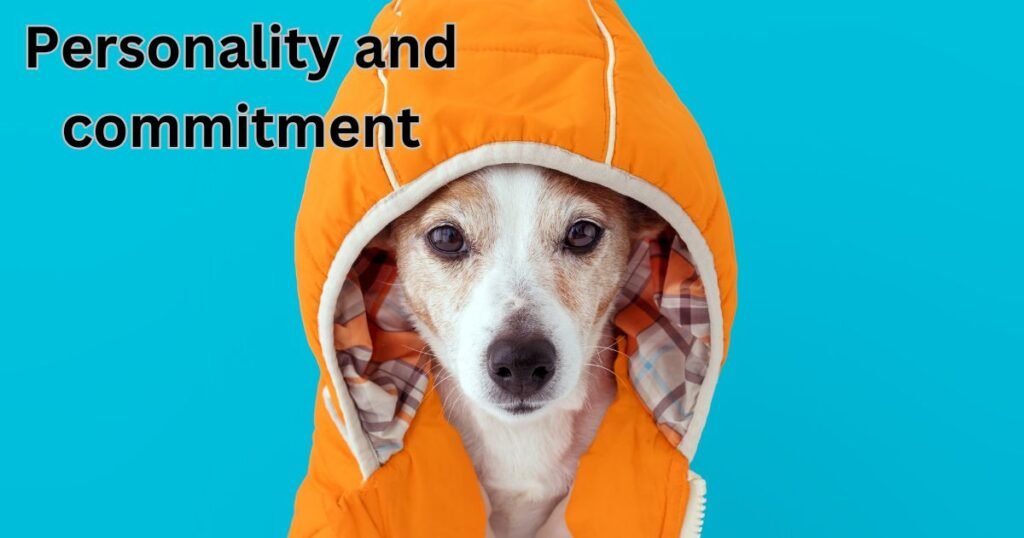
Grooming commitment
Dogs’ grooming requirements can vary greatly depending on factors including breed, coat type, and individuality. Grooming is important for your dog’s well-being since it helps keep their coat, skin, and hygiene in good condition. Here is a comprehensive rundown of your dog’s grooming requirements:
The different types of coats
Short coats
Short-coated canines like Beagles and Bulldogs require less time spent on grooming. They shed less, so they only need to be brushed once in a while to collect stray hairs and given the odd bath.
Medium Coats
Examples of such dogs are the Labrador Retriever and the Australian Shepherd. To avoid mats and get rid of stray hair, they need to be brushed frequently. Once every few months, or more often if necessary, a bath may be in order.
Long coats
Grooming is more time-consuming for breeds like the Shih Tzu and the Maltese because of their long, flowing coats. Mats and tangles can be avoided with regular brushing. The health and look of the coat can be maintained with regular baths and, occasionally, conditioning.
Wavy or curly coats
Curly or wavy coats like those of Poodles and Bichon Frises don’t shed much but can mat up if not groomed regularly. Regular brushing and/or visits to a salon for a professional trim are usually necessary.
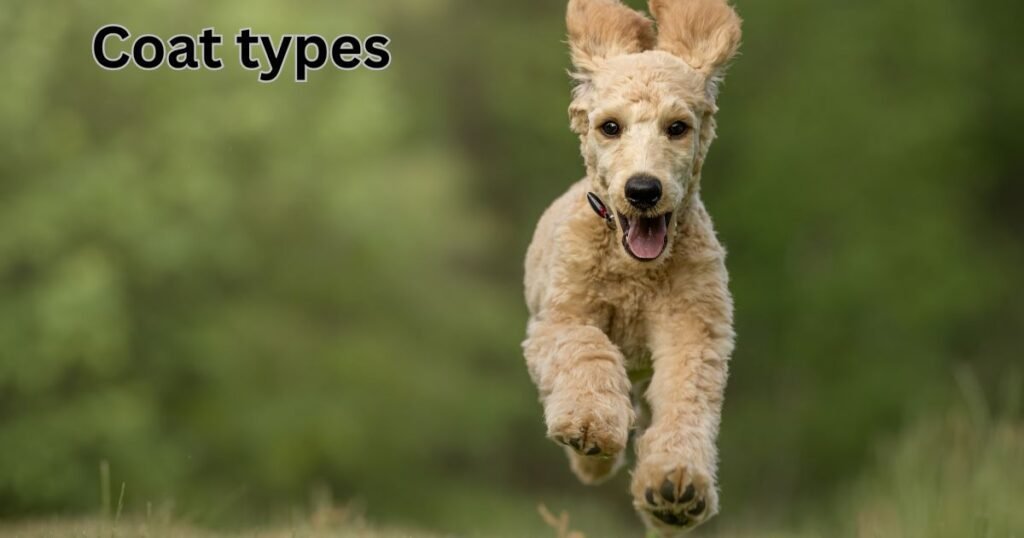
Double Coats
There is a softer undercoat and a longer outer coat on double-coated breeds like Huskies and Samoyeds. Daily brushing is especially important during the times of year when these dogs shed significantly.
Brushing:
Brushing is essential for all dogs because it eliminates loose hair, stops mats from forming, and increases blood flow to the skin. The coat type and shedding pattern determine how often a pet has to be brushed. It’s possible that daily brushing is necessary for certain breeds, while weekly sessions are sufficient for others.
Bathing:
As a result, there is no standard for how often people should shower. Bathing frequency for long-haired dog breeds can range from once every four to six weeks, whereas short-coated dogs may only need a bath once every few months. To keep the coat in good shape and the skin problem-free, use a shampoo and conditioner made especially for dogs. It’s important to maintain your skin’s natural oils by avoiding frequent, lengthy baths.
Ear and nails
Breeds with floppy ears or susceptibility to ear infections require regular ear cleaning. If your vet suggests using an ear cleaner, use it as directed. In general, a dog’s nails should be trimmed every two to four weeks. Keep them short and clean.
Dental hygiene
Maintaining your dog’s oral health is essential to his or her well-being but is often disregarded. Tartar buildup can be prevented by daily brushing with a dog-specific toothbrush and toothpaste or by providing dental chews and toys. Get a professional dental checkup done every 6 months.
Dog Breeds for those with allergy
If you suffer from allergies to pet dander, choosing a hypoallergenic dog breed can make all the difference in the world in your ability to enjoy the company of a dog. Although no dog breed can be guaranteed to be completely hypoallergenic, some are healthier for those with allergies because they produce less of the proteins that cause allergies in their skin, urine, and saliva. Here’s some info on some hypothesized allergy-friendly dog breeds:
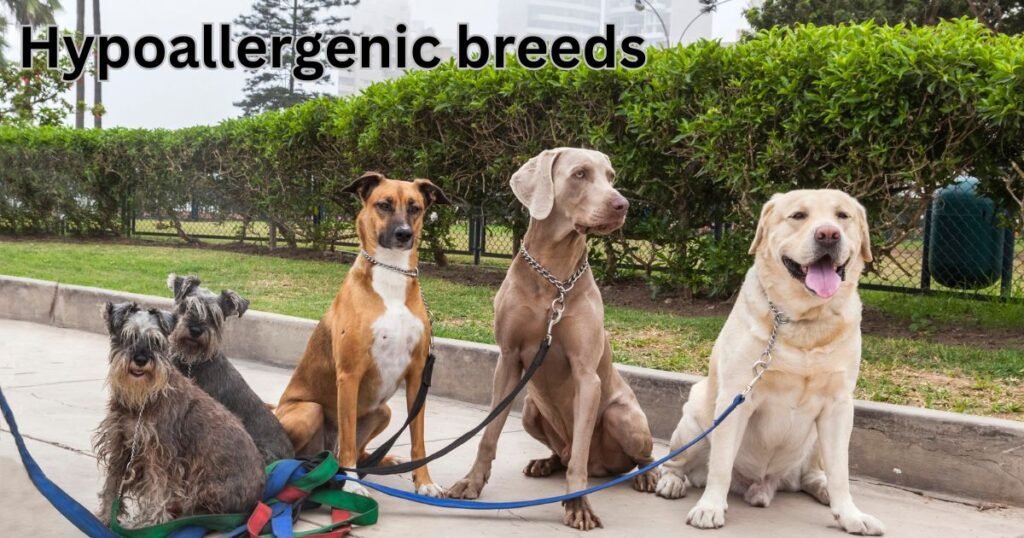
Traits of Hypoallergenic dog breeds:
- Allergenic dander is produced in smaller quantities by hypoallergenic breeds because their hair sheds less.
- These breeds are less likely to cause allergy reactions because they produce fewer allergenic proteins in their skin, urine, and saliva.
- Some hypoallergenic breeds have hair instead of fur on their skin. Since hair grows steadily, it is less likely to go airborne if it were to break off.
- Most hypoallergenic dogs need to have their fur brushed regularly to prevent matting and eliminate allergy buildup.
Common Hypoallergenic Dog breeds
- Poodles have a curly, non-shedding coat, and come in a range of sizes from standard to toy. They make wonderful pets because of their high intelligence and trainability.
- Bichon Frises’ curly, silky coats shed fewer allergens than those of other dog breeds. They are gregarious, happy, and friendly dogs.
- The long, silky hair of a Maltese, which needs to be groomed frequently but sheds very little, is characteristic of the breed.
- The coats of Portuguese Water Dogs are naturally wavy or curly and don’t shed very often. They are extremely trainable and are well-known for their affinity for the water.
- Miniature Schnauzers, in particular, have a coarse, non-shedding coat. Intelligent and watchful, they make excellent guard dogs.
- Yorkies are known for their smooth, silky hair that rarely sheds. They are a popular choice among city dwellers because of their tiny size and high energy levels.
- The long, silky coat of a Shih Tzu, which needs to be brushed frequently but doesn’t shed much, is a hallmark of the breed.
- Kerry Blue Terriers are noted for their intelligence and adaptability and are distinguished by their curly, non-shedding coat.
- The Havanese dog breed is known for its hypoallergenic, silky coat. They’re friendly, mellow, and great with kids.
- Italian Greyhounds are considered hypoallergenic because of their short, silky coats and low shedding.
Purebred vs. mixed-breed dogs
Whether you choose a mixed-breed dog or a pure-bred dog depends on your personal choices, habits, and requirements. Mixed-breed dogs can be a terrific option if you’re looking for something different and are comfortable with a larger variety of personalities and physical traits. They are great companions and can adjust to many living situations, therefore many families choose them.
A purebred dog may be the best option if you have strict aesthetic and behavioral requirements, or if you intend to compete in dog shows or engage in specialized canine sports. But pick a breeder who cares about their dogs’ well-being and does what they can to guarantee their puppies are healthy.
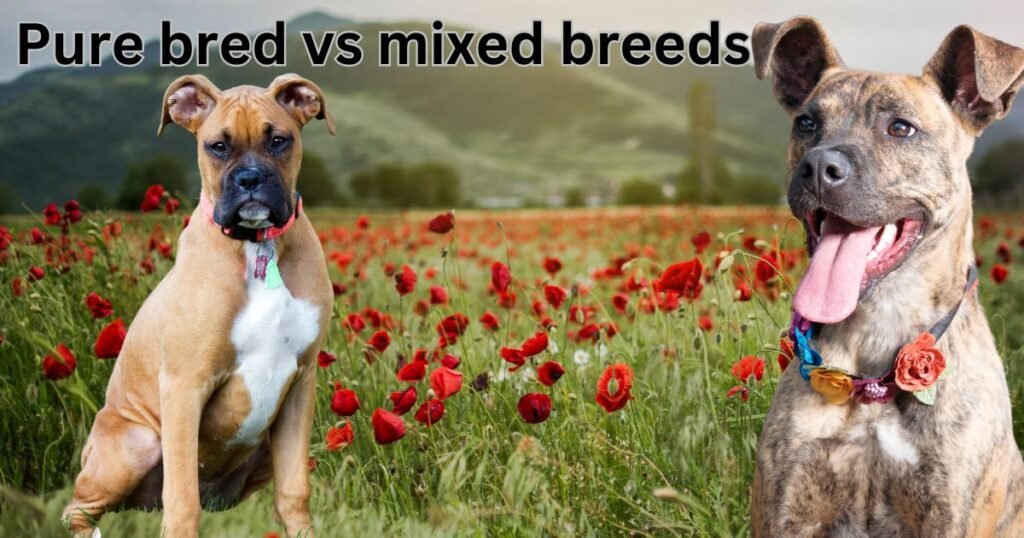
Getting ready to bring home a new dog
It’s wonderful that you’ve decided to adopt a dog. The time spent getting ready for your new animal family member is both joyful and crucial. If you’re getting a dog, here are some things to remember:
Dog-Proof Your House
Make sure your home is secure for your dog. Put poisonous materials out of reach and electrical cords in safe places. Make sure the electrical cords are out of the way. Dustbins and trashcans should be properly covered and any poisonous plans should be removed from where your dog can access them.
Gather the Necessary Materials
Get all the needed items needed for proper care of your new dog:
- Harness, leash, and collar
- Food and water dishes
- Tailored premium dog food
- Comfortable bed or crate
- Stimulating toys
- Grooming tools
- ID badges with contact details
- Poop bags
Find a Vet
Find a veterinarian you trust to provide preventative care, immunizations, and emergency services. Make an appointment for your new dog to see the vet.
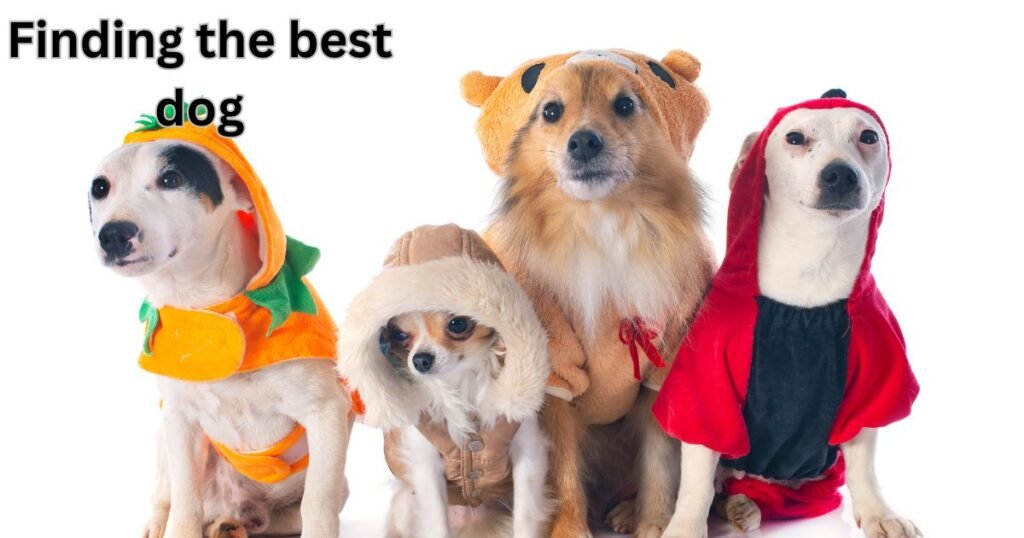
Make your home escape-proof
Make sure your yard is completely enclosed by a sturdy fence with no possible escape routes. Take away any potentially poisonous plants or chemicals that your dog could swallow.
Training Strategy
Make a plan for your training and stick to it. If you need help training your puppy, enroll in a class or look into hiring a trainer.
Be adaptable
Please be patient with your new puppy as they adjust to their new home. Care for and instruct them with patience and adaptability.
Get Family on Board
Don’t be shy about reaching out to other dog owners, trainers, or community groups for advice and support if you’re just starting as a dog owner.
Daycare options
Make plans for your dog’s care ahead of time, whether at a dog boarding facility, with a pet sitter, or with a reliable friend or family member, if you frequently travel or need to leave your dog alone for extended periods.
Meet your new dog before bringing him home
Getting to know your new dog before taking them home is crucial if you want to form a lasting friendship with your new pet. How to make that first crucial impression? Here are some ideas.
Store or Shelter
Before confirming an adoption with a breeder or rescue group, it’s a good idea to visit them. This way, you can evaluate the dog’s personality, health, and fit with your household in person.
Meet and greet
Make use of your time with the dog by interacting with it thoroughly. If the dog seems at ease, sit on the floor and invite it to come to you. Rapport and trust can be established by offering food and toys.
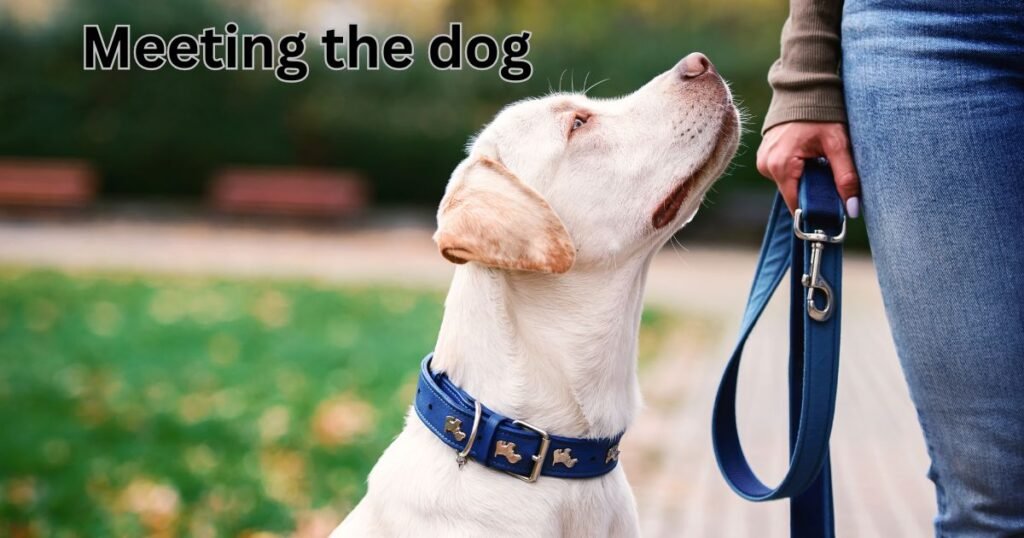
Observe the behavior
Observe the dog’s actions. Pay attention to any displays of warmth, nervousness, or hostility. The canine’s body language can reveal a lot about their personality.
Ask questions
Don’t be shy about asking the breeder or rescue organization plenty of questions about the dog’s background, health, and temperament. Learning as much as you can about the dog’s history will help you get ready for its arrival.
Discuss transition
Discuss the dog’s daily routine and diet with the rescue group or breeder. It’s important to talk about how you’ll help your dog acclimatize to his new home environment before he arrives.
Conclusion
It’s important to consider how your chosen dog breed will fit into your daily routine and home environment. Before deciding on a breed, it’s important to carefully consider your lifestyle, living arrangements, and personal preferences. Dogs are unique individuals, and their personalities can be shaped via training and socializing. Your first time as a dog guardian can be a wonderful and fulfilling experience with some careful planning and preparation.
How do I choose the right dog breed for my lifestyle?
Evaluate your tastes, living situation, and level of physical activity. Find a breed that fits your lifestyle in terms of activity level and time spent grooming.
How can I train my dog effectively?
The power of positive reinforcement is immense. Building a happy, well-behaved dog requires consistency, patience, and rewards for appropriate actions.
Should I adopt or buy a dog?
Any choice would be acceptable. When you buy a pet, you get to choose out its breed, but when you adopt, a homeless animal finds a loving home. Think about what you want and what’s right from an ethical standpoint.
How much exercise does my dog need daily?
The amount varies by breed. Generally, dogs need at least 30 minutes to 2 hours of exercise. Adjust based on your dog’s breed, age, and health.
What common health issues should I be aware of in my dog?
Health concerns vary by breed. Regular vet check-ups, a balanced diet, and exercise are essential. Be aware of breed-specific conditions and signs of illness.

